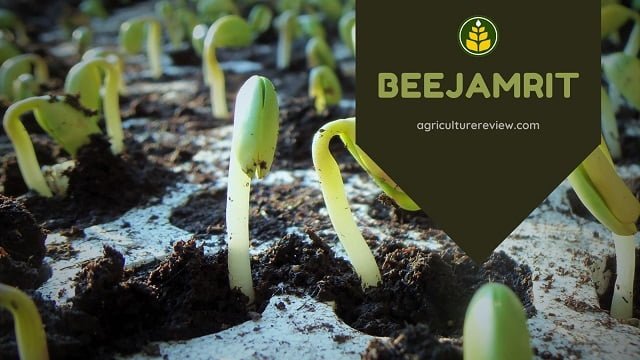Storage grain losses occur due to late harvest, poor storage structures, biotic and abiotic factors. Biotic factors are microorganisms, insects, rodents or birds while abiotic factors are temperature, moisture, etc. That’s why good post-harvest management is necessary to extend the shelf life of grains.
Harvesting cereal crops at the optimum time is necessary to maintain the quality of the grain during storage. If grains are harvested earlier than the maturity period, then due to high moisture content in the grains, enzymatic activity remains active in the grains, which leads to rapid deterioration under storage.
Moreover, after harvesting grains at the optimum time, threshing, winnowing and drying of grains to 10-15% moisture content should be practiced for best results. Drying should be done before storage. The most common drying process of grains is sun drying.
Once the grains are dried to the desired moisture content, they should be re-checked for signs of spoilage and moisture content. Thereafter grains should be treated with permissible insecticides to protect them from small insects and stored in rodent-proof storage containers to prevent spoilage.





